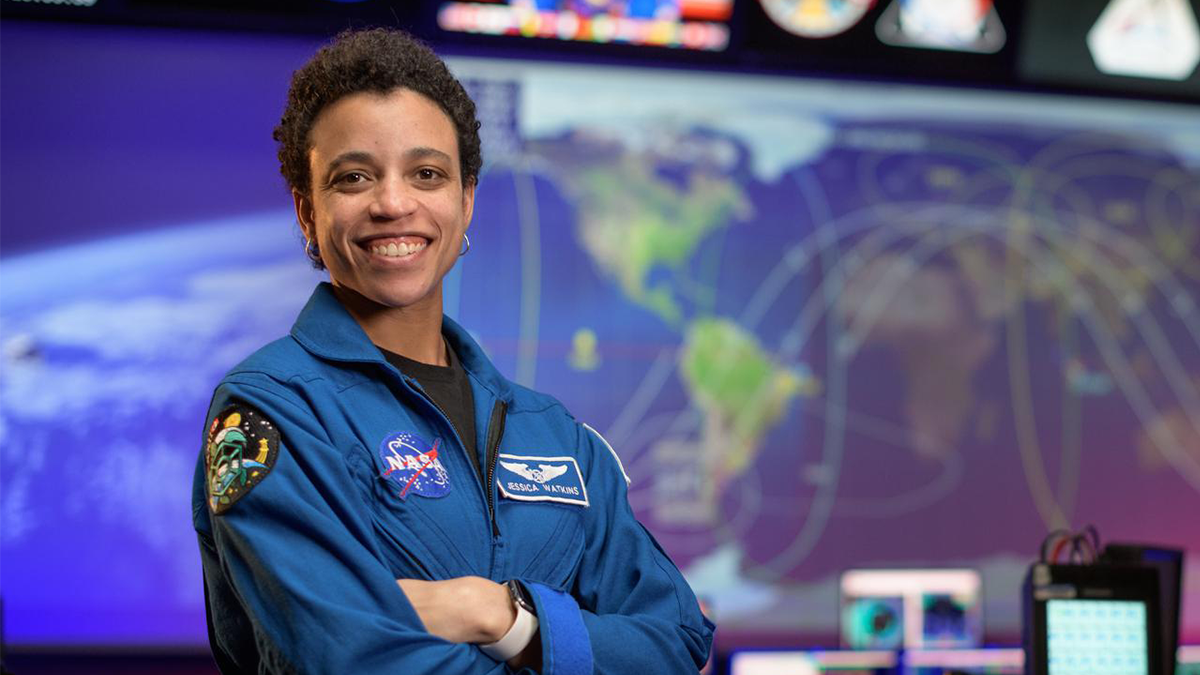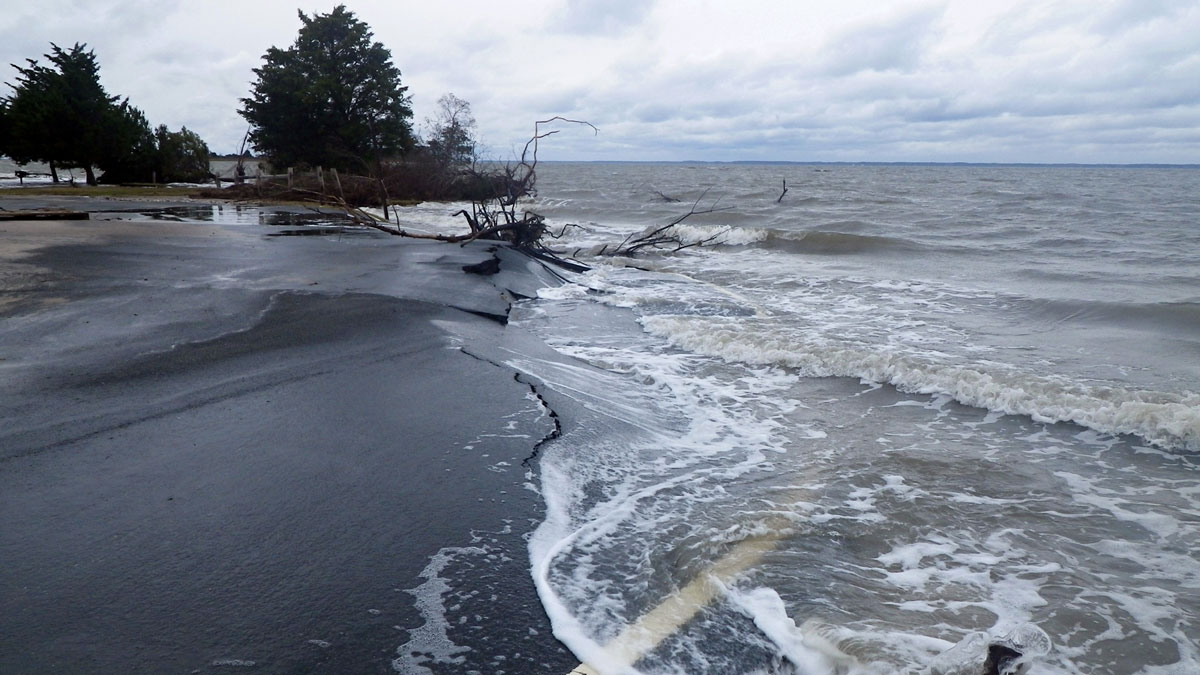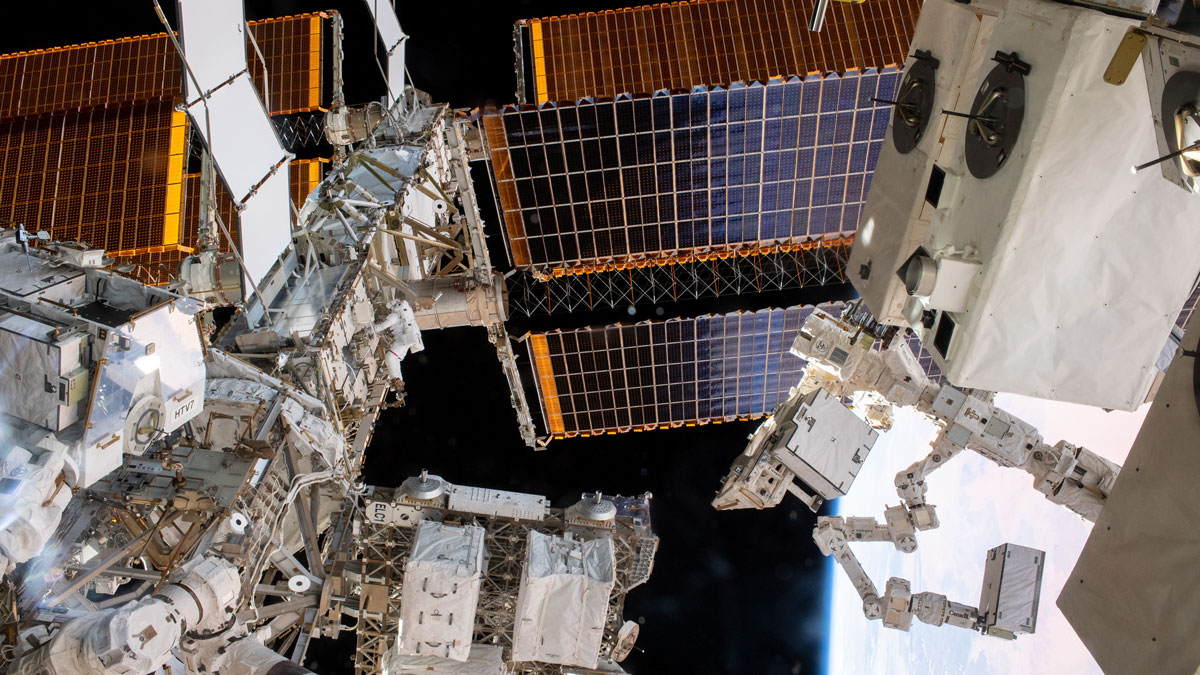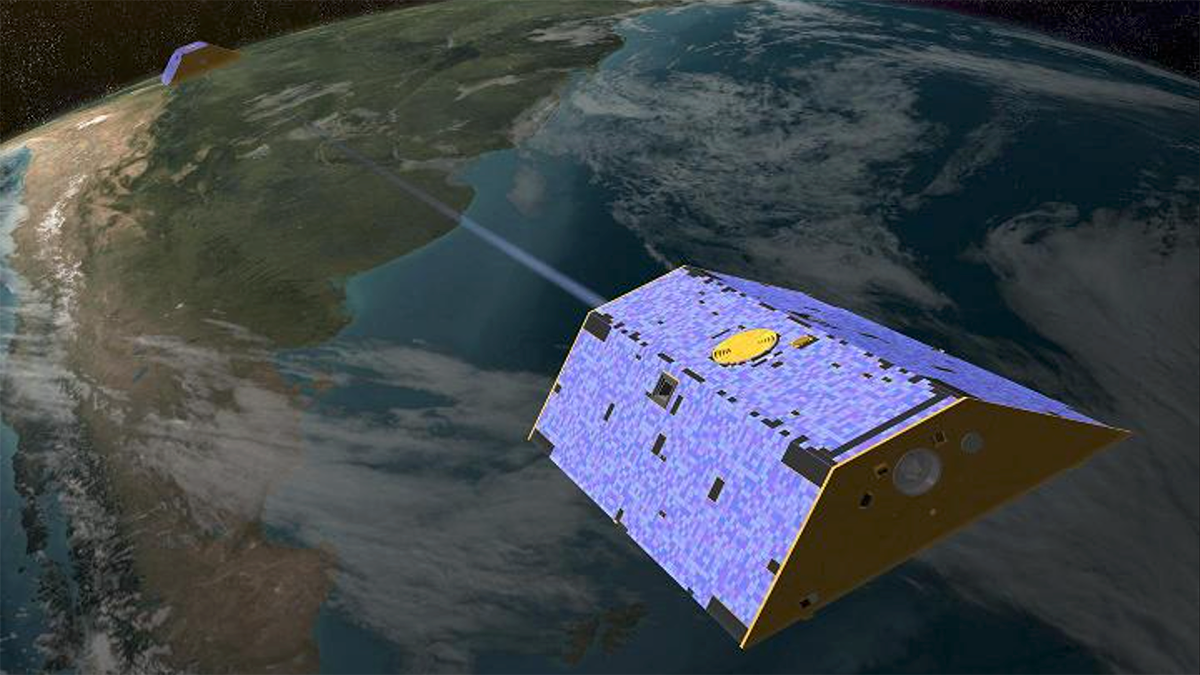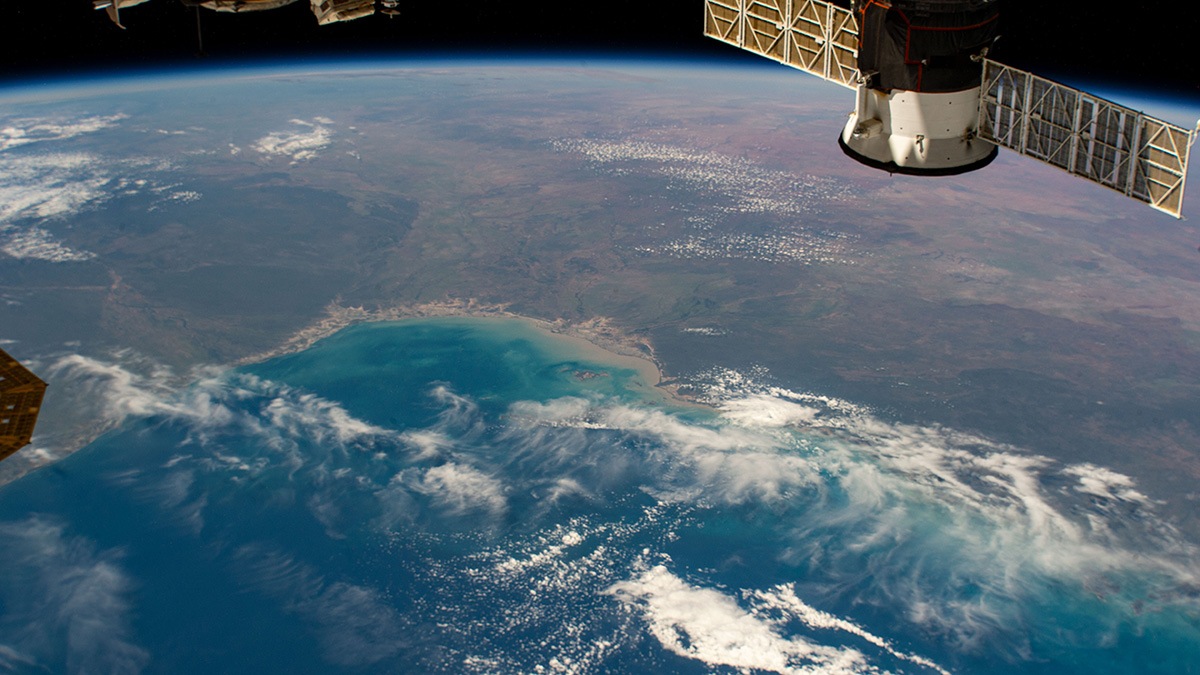NASA Astronaut and planetary geologist Dr. Jessica Watkins recently published her post-doctoral Mars research in JGR: Planets, just prior to heading to the International Space Station.
NASA
Sea Level Science and Applications Support Coastal Resilience
Known for precise, planetary-scale measurements, NASA is improving its decades-long effort to observe and understand sea levels to help communities prepare for the effects of Earth’s rising ocean.
More Than Marsquakes: InSight Yielded Magnetism, Weather Discoveries
A secondary suite of instruments on the Mars lander produced a first look at magnetic fields from the planet’s surface.
El suelo lunar permite cultivar plantas
Plantas cultivadas en regolito lunar recolectado por las misiones Apollo crecieron con éxito desde la semilla hasta el retoño, brindando así información sobre las futuras perspectivas de la agricultura lunar.
Lunar Soil Can Grow Plants
Plants grown in lunar regolith collected by Apollo missions successfully grew from seed to sprout, lending insight into future lunar agriculture prospects.
Pluto’s Surface Was Recently Sculpted by Icy Volcanism
Geologically young regions of Pluto’s southern hemisphere were likely resurfaced by cryovolcanism, data from the New Horizons spacecraft reveal.
卫星激光揭示地球水运动的变化
GRACE-FO卫星上基于激光的仪器可以扩展到其他地球物理应用,用来收集地球系统中月内时间尺度上的质量变化的数据。
Scientists Fight to Keep Lidar on the Space Station
Remote sensing experts may lose a key tool in the fight against climate change.
Fresh Approaches to Processing GRACE Data
Two studies showcase new methods for analyzing GRACE data that better match the land surface, producing clearer estimates of mass variations.
Satellites’ Lasers Reveal Changes in Earth’s Water Movement
The laser-based instruments aboard the GRACE-FO satellites may be extended to other geophysical applications to collect data on other submonthly mass changes in Earth’s system.

